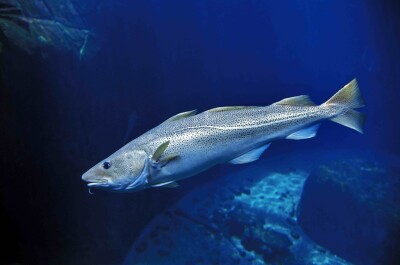To build equipment that can operate reliably in the deep sea, MBARI engineers must often use expensive, high-tech materials and complex electronic-control systems. This makes it difficult for researchers at other institutions to build similar equipment, and thus for MBARI to fulfill its goal of sharing its technology with researchers around the world. However, MBARI engineers recently designed a new underwater camera and lighting system which they hope will be simple and inexpensive enough so that almost any researcher could build one.
The SeeStar project, as it is called, began as the brainchild of marine biologist Steve Haddock and Electrical Engineer Chad Kecy. Haddock, an expert on jellies, wanted a cheap and easily deployable camera that researchers around the world could use to document jellyfish blooms. He also wanted a system that was versatile enough to be attached to a pier, mounted on a tripod on the seafloor, or carried by a robotic submarine.
In designing SeeStar, Kecy worked closely with Mechanical Engineer François Cazenave and Software Engineer Mike Risi. They ended up with a system that costs just under $3,000 in parts, but can operate as deep as 300 meters (almost 1,000 feet) for months at a time.
Read the full story at Phys.org>>
Want to read more about fisheries research? Click here...






